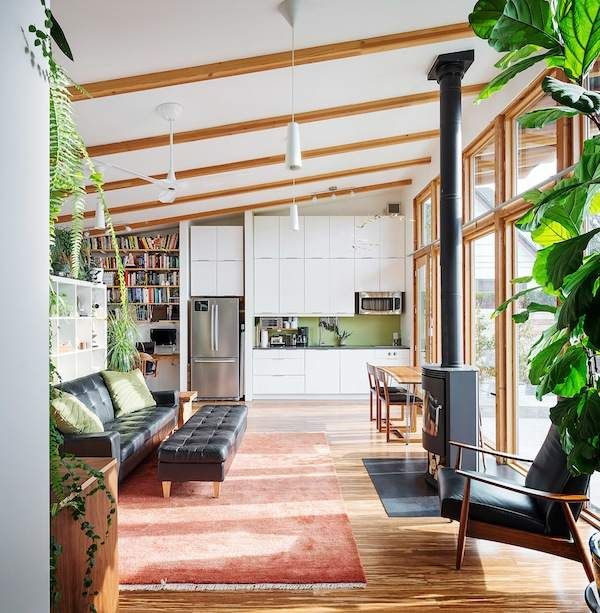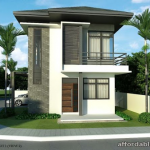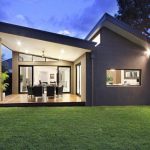Small house design is becoming increasingly popular as people look for more sustainable and affordable housing options. With urban populations growing and living spaces becoming more limited, the trend towards smaller homes has gained momentum. Small house design focuses on maximizing space and functionality within a limited footprint, while also emphasizing energy efficiency and minimalistic living.
One of the key elements of small house design is efficient use of space. Every square foot of a small home is carefully considered and utilized to its fullest potential. This often means incorporating multi-purpose furniture, such as a sofa that can also be used as a bed, or a dining table that can be folded away when not in use. Storage solutions are also essential in small house design, with hidden cabinets and built-in shelving helping to keep clutter at bay.
Another important aspect of small house design is creating an open and airy feel within a limited space. This can be achieved through the use of large windows, sliding doors, and light colors that reflect natural light. Vaulted ceilings and skylights can also help to create the illusion of more space in a small home, making it feel larger and more inviting.
Energy efficiency is a key consideration in small house design, as reducing energy consumption is not only environmentally responsible but can also save homeowners money in the long run. Insulation, proper ventilation, and energy-efficient appliances are all important factors in designing a small home that is both comfortable and sustainable. Solar panels and other renewable energy sources can also be incorporated into the design of a small house to further reduce its carbon footprint.
Minimalistic living is a fundamental principle of small house design, as it encourages homeowners to prioritize what is truly important to them and eliminate excess clutter and possessions. By living in a smaller space, people are forced to be more intentional about the items they bring into their home and the way they organize their living space. This can lead to a simpler and more fulfilling lifestyle that is centered around experiences and relationships rather than material possessions.
In conclusion, small house design offers a sustainable and affordable alternative to traditional larger homes. By maximizing space, incorporating energy-efficient features, and promoting minimalistic living, small house design offers homeowners a way to live more consciously and intentionally. With the right design elements and a thoughtful approach, small house living can be both practical and inspiring, offering a new way of thinking about what it means to have a place to call home.
 bebadesign Interior Design Ideas
bebadesign Interior Design Ideas














